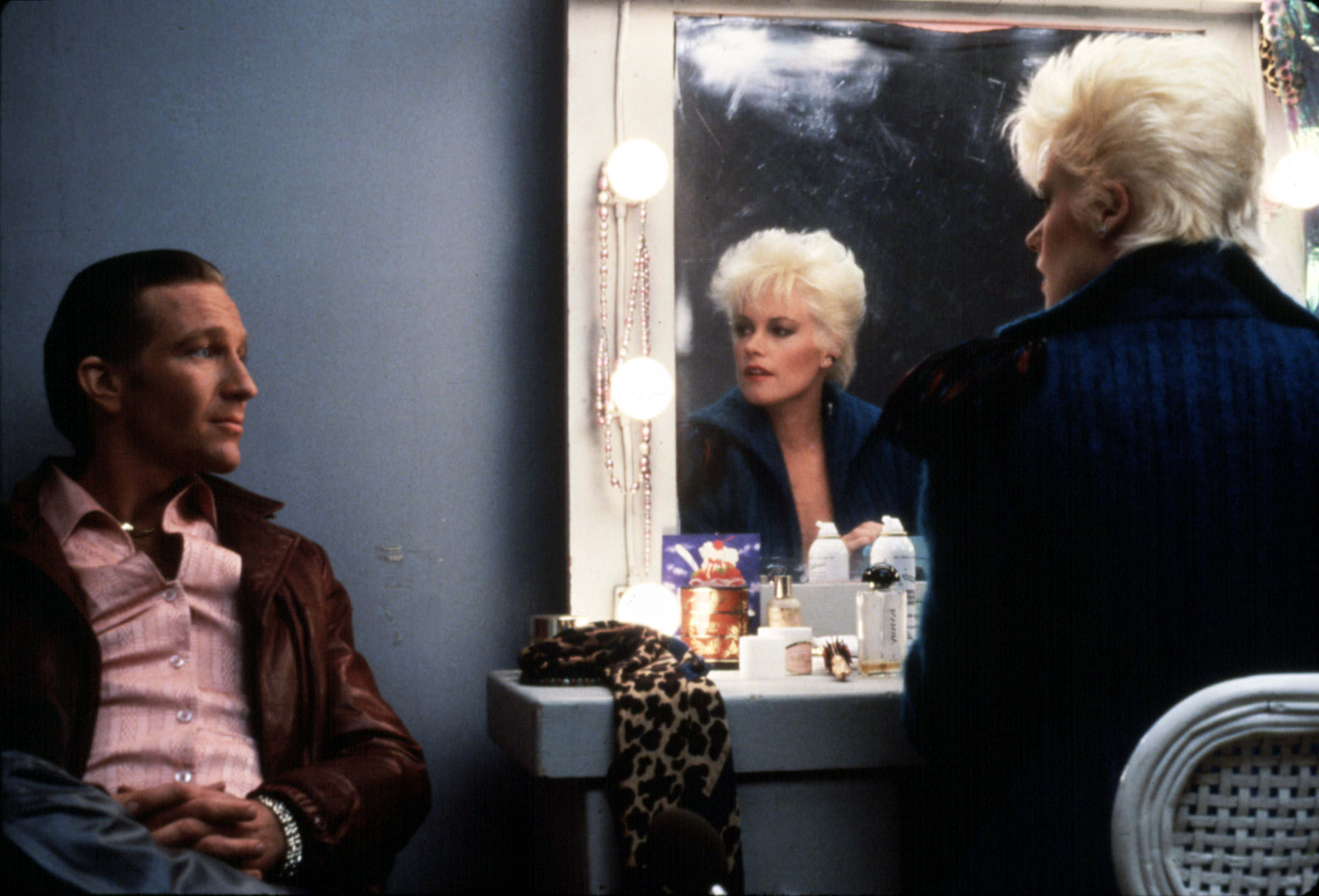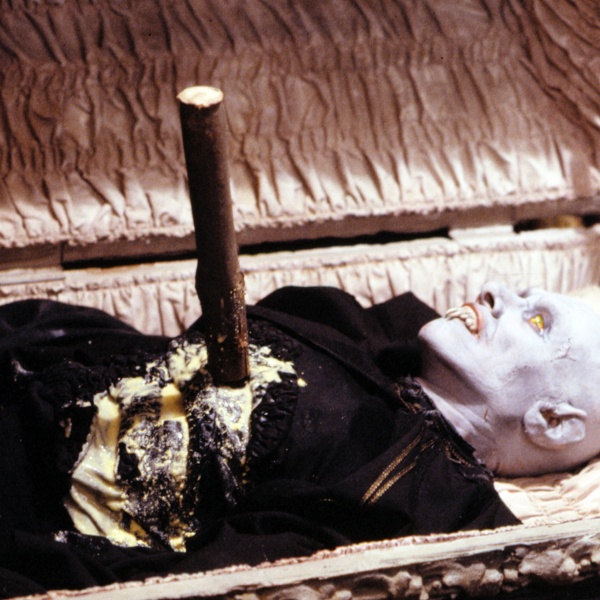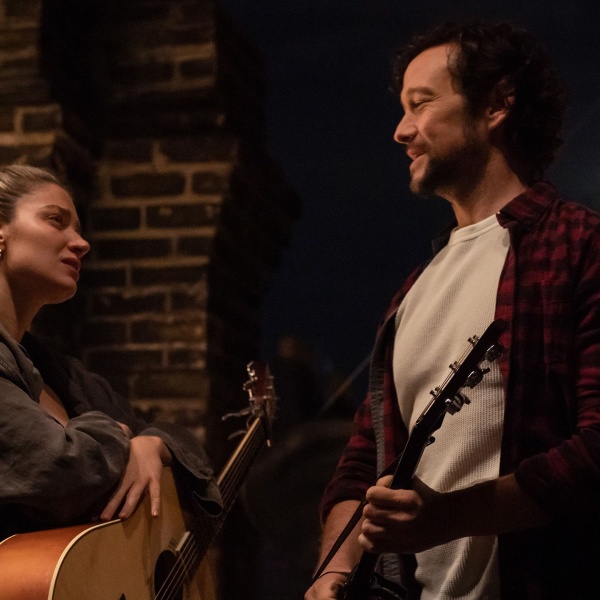Kristen Stewart recently lamented that very few filmmakers have the power in Hollywood to build practical sets anymore — but that wasn’t the case when studios were more at the whim of auteurs.
Actor Gregg Henry recalled how Brian De Palma strong-armed production company Columbia into providing funds for last-minute “Body Double” sets almost half a century ago. During a wide-sweeping interview with IndieWire for the 40th anniversary of the film and its subsequent Netflix re-release, Henry recalled how De Palma captured certain “difficult” shots thanks to building out Hollywood Hills mansions and recreating the Los Angeles aqueduct on Warner Bros.’ Studio 16 lot.
“You remember exactly what the anxiety was of the day,” Henry said of rewatching “Body Double” for the interview. “Seeing the shots that were difficult…I don’t know if you remember the shot that sort of like when Sam first takes Jake up to the house? It’s the looking and seeing the view, you see it from outside and whatever and then takes him over to the Hollywood sign and the camera then goes from inside to outside the house, and it’s this long shot that goes out as the score sort of kicks in, and looking at us in the window and then it connects to the other house. All of that, we were on Stage 16, the big stage of Warner Bros. They built both houses in this stage so that he could execute these kind of shots.”
While the erotic thriller pays homage to “Rear Window,” Henry detailed just how much “craziness” was going on behind the scenes, including De Palma refusing to film the climax outside after one “freezing” night shoot.
“Speaking of that big stage, we shot the scene that takes place by the aqueduct, right where the grave ends up being dug,” Henry said. “We went out and shot the first scene scheduled there. I knew all of the freeway. It comes down on the mountains, that border, and they have some shots of it in the movie that are really, really cool. We were shooting up there, but it was freezing. It was so cold, and we’d be up there at like two in the morning, three in the morning, four in the morning, and Brian is like, ‘That’s it. We’re not shooting up here anymore.’ And so he then took the other corner of [Stage] 16 and built a piece of the aqueduct type. I think the schedule sort of widened a little bit for what was going be done on the stage that night, but it was so terribly cold out there.”
Upon being moved indoors, the “special shots” for that scene included Henry throwing dirt into the grave of Melanie Griffith’s character.
“I’m up on 25 feet, way up, so you get that long shot from underneath of the dirt coming down. Then all the stuff that took place there at that location instead of, you know, in the grave,” Henry said.
Henry became a staple in De Palma’s filmography after having a bit part in “Scarface” and later taking on a co-lead role in “Body Double.” Prior to the 1984 film, though, Henry was not yet familiar with De Palma’s “signature” filmmaking style.
“I knew Brian but only very briefly because I had done a part in ‘Scarface.’ It was one line, and the scene is me saying, ‘How do you do, Mr. Montana?’ So I said, ‘How do you think, Mr. Montana?’ And he said, ‘Great, you got the part,’” Henry said. “So when I read for ‘Body Double,’ he at least had shot me before, you know what I mean? He’d seen me before. So that certainly couldn’t hurt and didn’t hurt. [That role] was going up to the big leagues. I got a parking space on the Warners lot. That was a big deal.”
And while “Body Double” definitely “wasn’t a box office smash,” according to Henry, the feature was successful in transcending genre with the ideal blend of the “definitive De Palma signature” that was just “unusual” enough to make it a cult classic.


